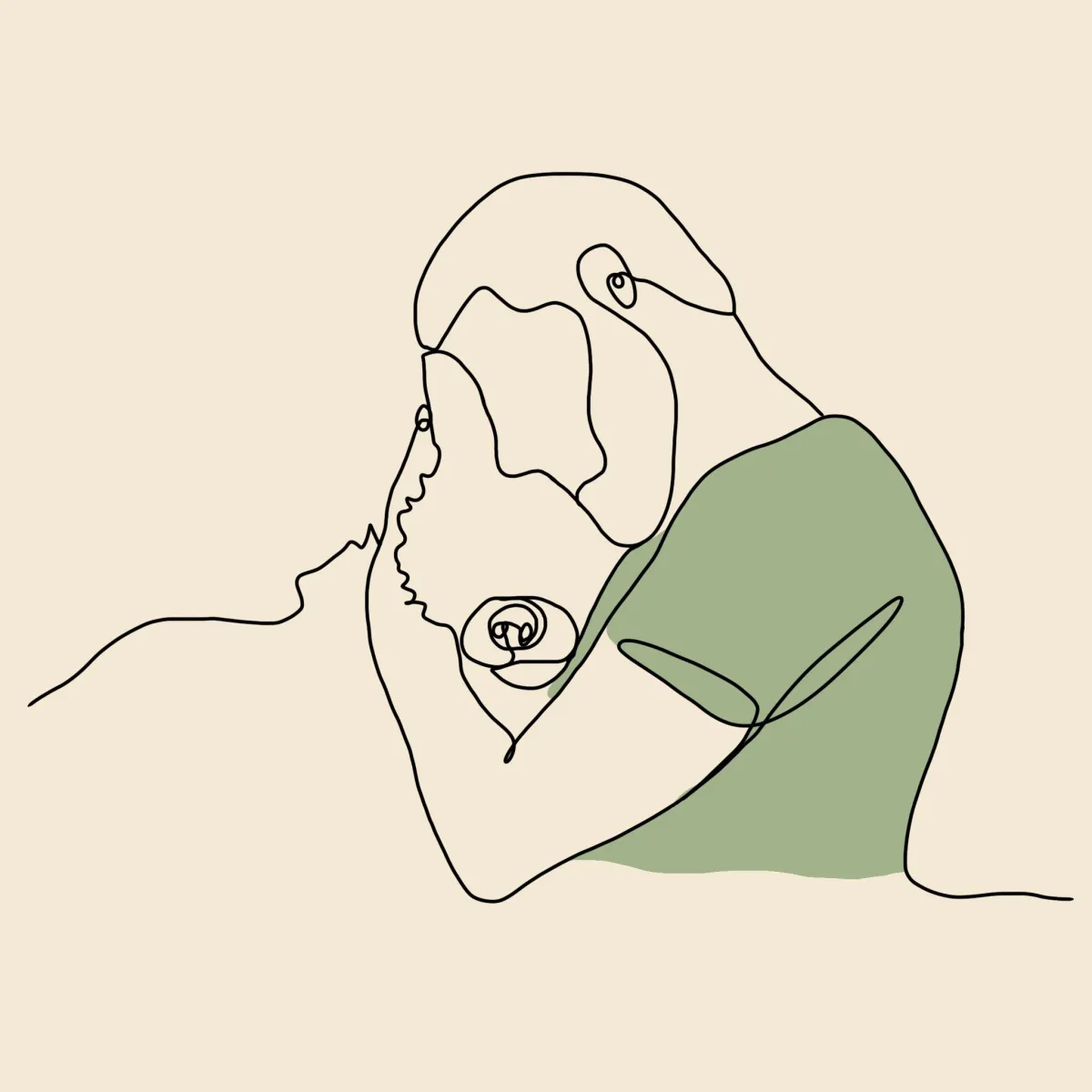The Loving Act of Letting Go

Making the decision to say goodbye to a beloved pet is one of the hardest choices a person can face. Whether your companion is a dog, a cat, or another cherished animal, the emotional weight of this moment is profound. At the heart of it lies a painful dilemma: the fear of acting too soon, versus the worry of waiting too long and unintentionally allowing them to suffer.
It’s a concern we hear often from loving owners and it’s one we deeply understand.
Through supporting many families during this difficult time, we’ve come to share a compassionate truth echoed by many veterinary professionals: it’s often better to say goodbye a little early, rather than a day too late.

Unlike in human medicine, there’s rarely a single, clear-cut point when the "right time" becomes obvious. Pets can be incredibly stoic. They may continue to purr, wag their tails, or greet you with affection even when they’re feeling unwell. Their natural resilience and their desire to be close to us can mask signs of discomfort.
That’s what makes this decision so tough. But rather than waiting for a sudden crisis, many families find peace in choosing a calm, planned goodbye while their pet still has moments of dignity and connection.

Each pet is different, and each species shows signs of declining health in their own way.
Still, there are some common signs that their quality of life may be diminishing:
Loss of interest in food, water, or favourite activities;
Difficulty moving, toileting or grooming;
Ongoing pain or discomfort, even with treatment;
Changes in behaviour such as confusion, hiding, or irritability;
More bad days than good ones, with little improvement over time;
Keeping a simple journal of your pet’s daily experiences can help clarify whether their quality of life is slipping, especially if the changes have been gradual.

In the UK, euthanasia is the most common way for dogs to pass away, with over 90% being euthanised rather than dying naturally at home or in hospital settings.¹
While that may sound surprising, it reflects a strong cultural value: choosing to prevent suffering when a pet’s quality of life can no longer be maintained.
It’s not about giving up. It’s about acting out of love.

We understand that the weight of this decision can feel overwhelming. While most pet owners instinctively know when the time has come, even if they don’t want to admit it, some find comfort in talking it through with a professional.
That’s why we offer telephone consultations with qualified vets who can help you assess your pet’s quality of life and answer any questions you may have. For many, it’s simply a reassuring second opinion, a safety blanket to ease uncertainty.
Whether you use this service or not, know that if you're asking yourself whether it might be time, you're already putting your pet’s wellbeing first.

Saying goodbye is never easy. But choosing to end a pet’s suffering, even when it hurts, is one of the most selfless and loving acts we can offer.
Planning a peaceful farewell, rather than waiting for a crisis, is one of the final acts of kindness we can give them.
When the time comes, we promise to make it as calm, compassionate and gentle as possible, for your pet and for you.
Reference: ¹ Dogs Trust (2021). Canine Euthanasia in the UK: Annual Report. Available from dogstrust.org.uk
Follow us 🐾
Copyright © 2025 | The Pet Euthanasia People Ltd | Terms & Conditions | Privacy Policy | Cookies Policy
